Biking Day 13
- Length ridden: 86 km
- Ascent: 910 meters
- Rating: 8.0 out of 10 - Autun was a bit depressing, plus I got quite wet
- Highlights: the breakfast and Saint-Gengoux-le-National
- Lowlight: Well, the thunder when pitching my tent
- Map of the day
I slept well and got a breakfast fit for a king, just look at the picture below.
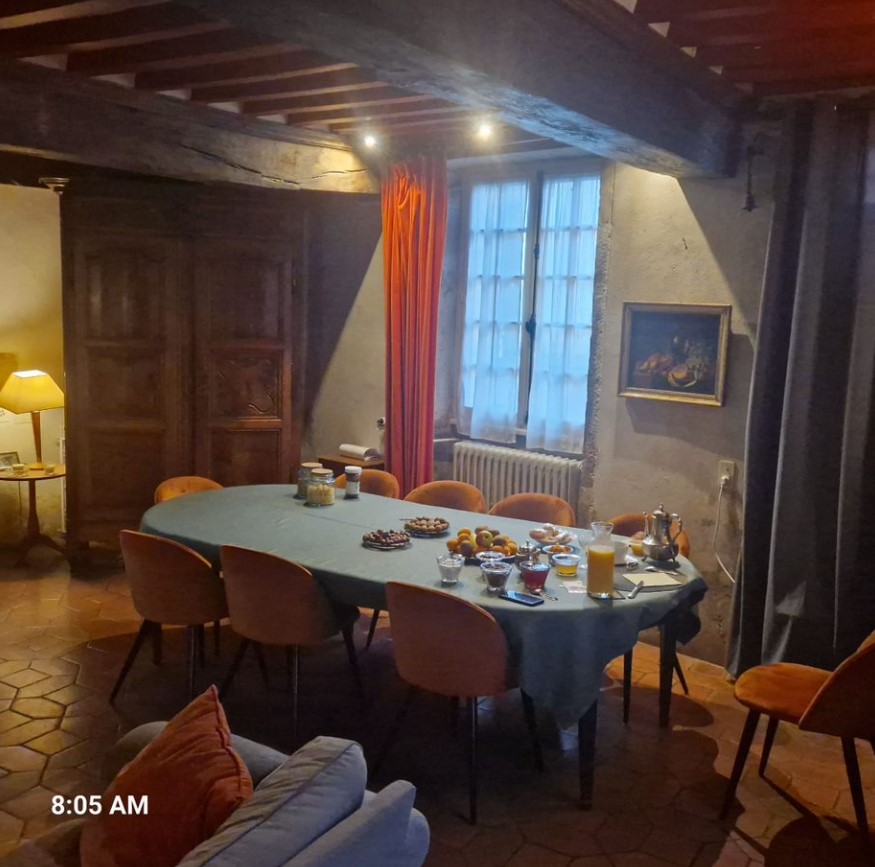
I enjoyed the treat, took my time and left only at 9 am, but not before thanking my hosts for the hospitality.
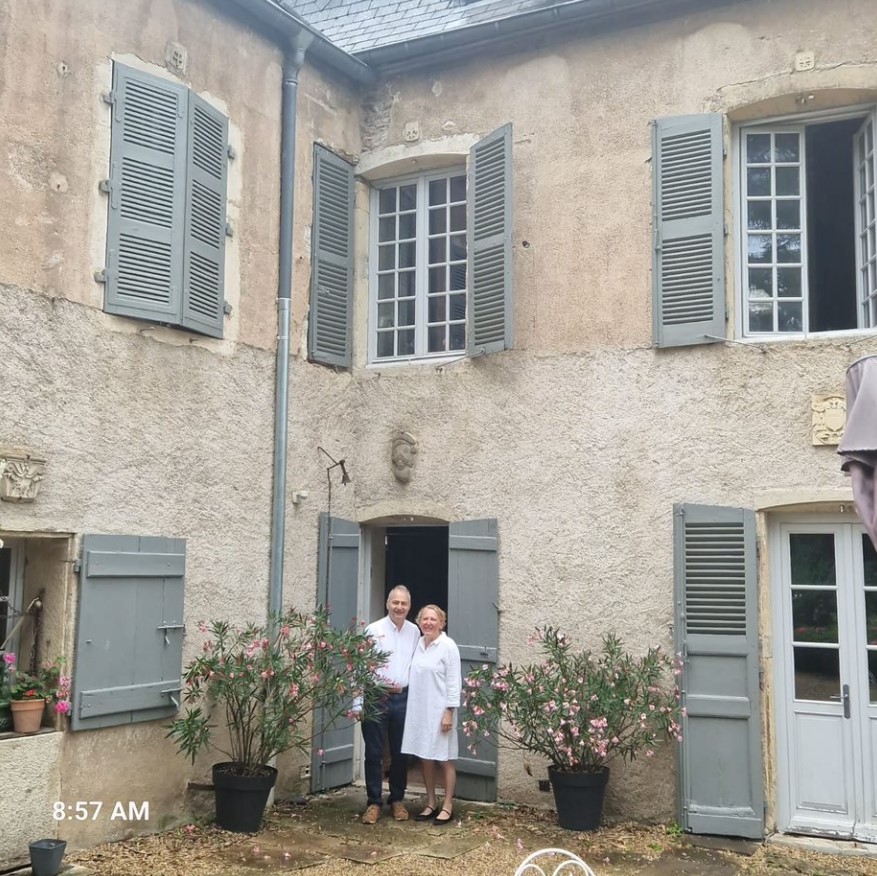
So at around 9 am, I was now officially touring Cluny. Following are a few lines for the fans of history amongst you. In the 10th century, a monastic reform movement occurred and developed in Cluny, imposing the strict observance of the rule of Saint-Benoît. This reform movement then extended throughout Europe. The abbey began to thrive and soon became a spiritual capital! In its heyday in around 1100, Cluny and its monastic order (Cluniac order) held authority over 10,000 monks and 1,500 monasteries across Europe. At that time, the church in Cluny was the biggest in the world, and remained as such until the construction of St. Peter Cathedral Rome in the 17th century. A lot of the church was destroyed during the French revolution, the abbey became the target of an unscrupulous entrepreneur, who used explosives to demolish the buildings, to sell on the stones as building materials. Sad, but true.
Still, there was a lot of history to be felt when I was roaming the streets. Let me show some pictures from the previous evening and the morning.
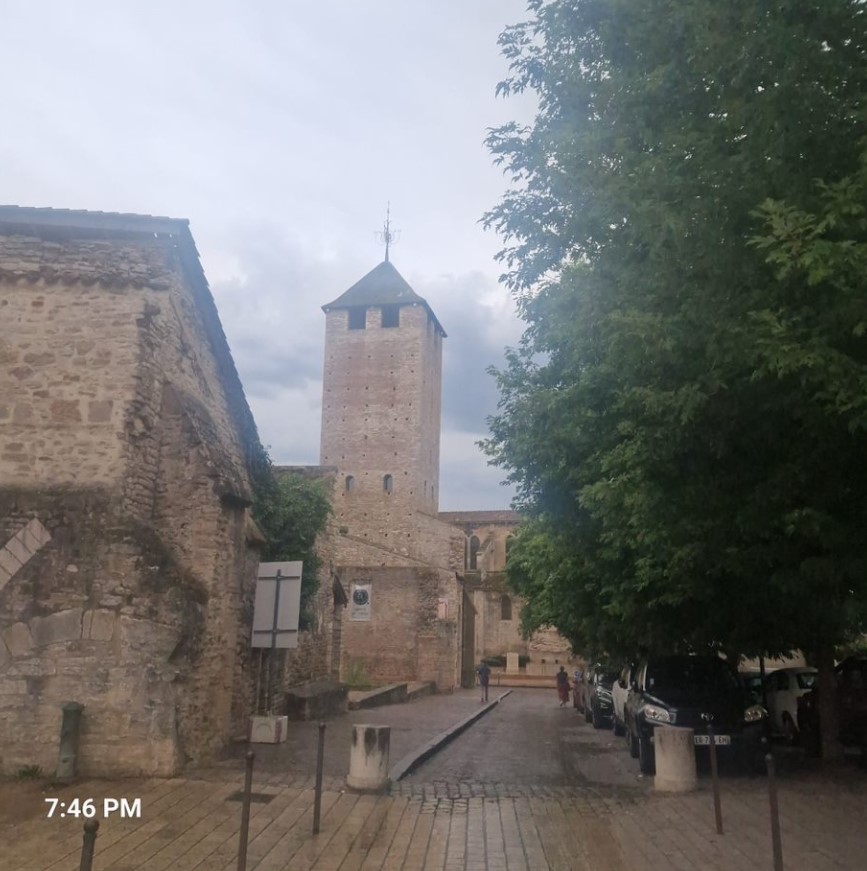
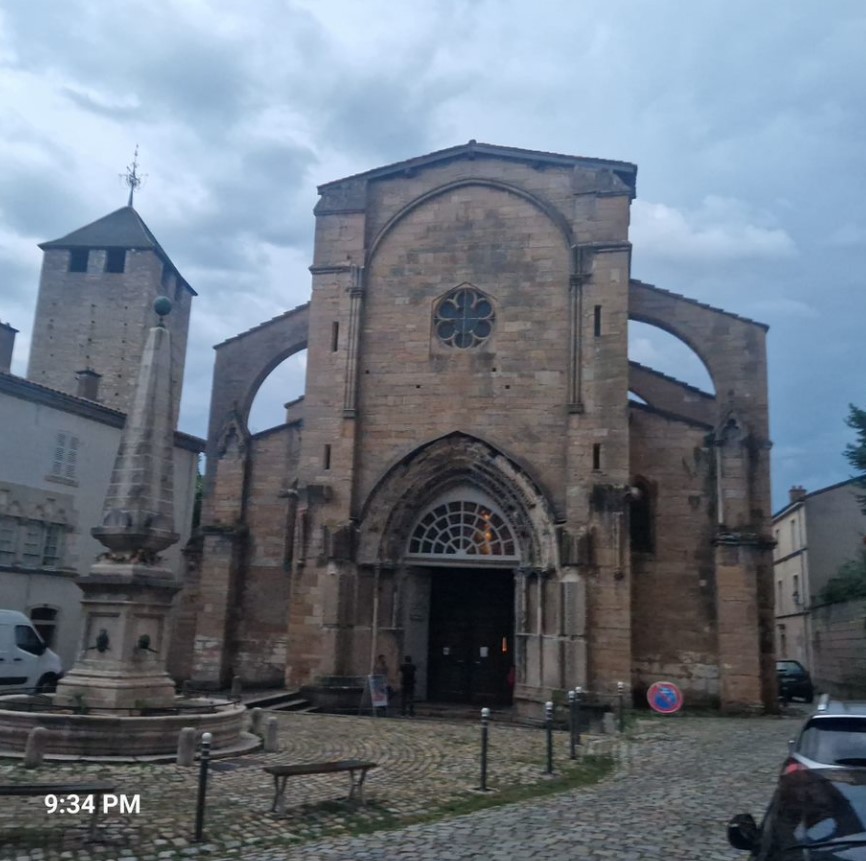
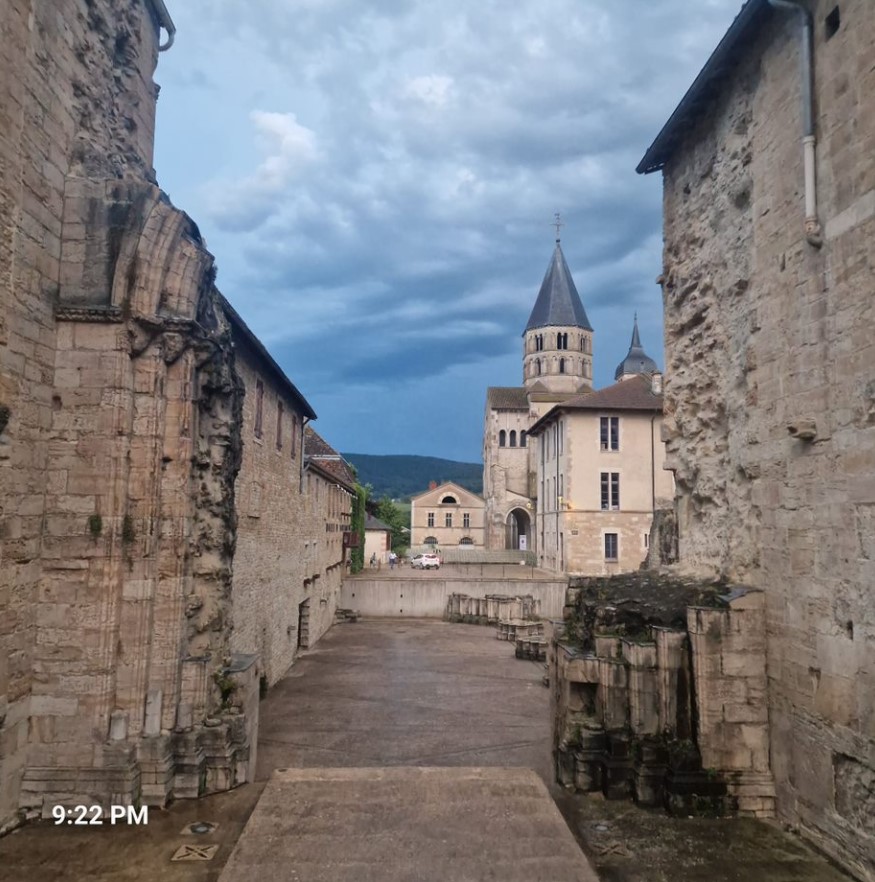
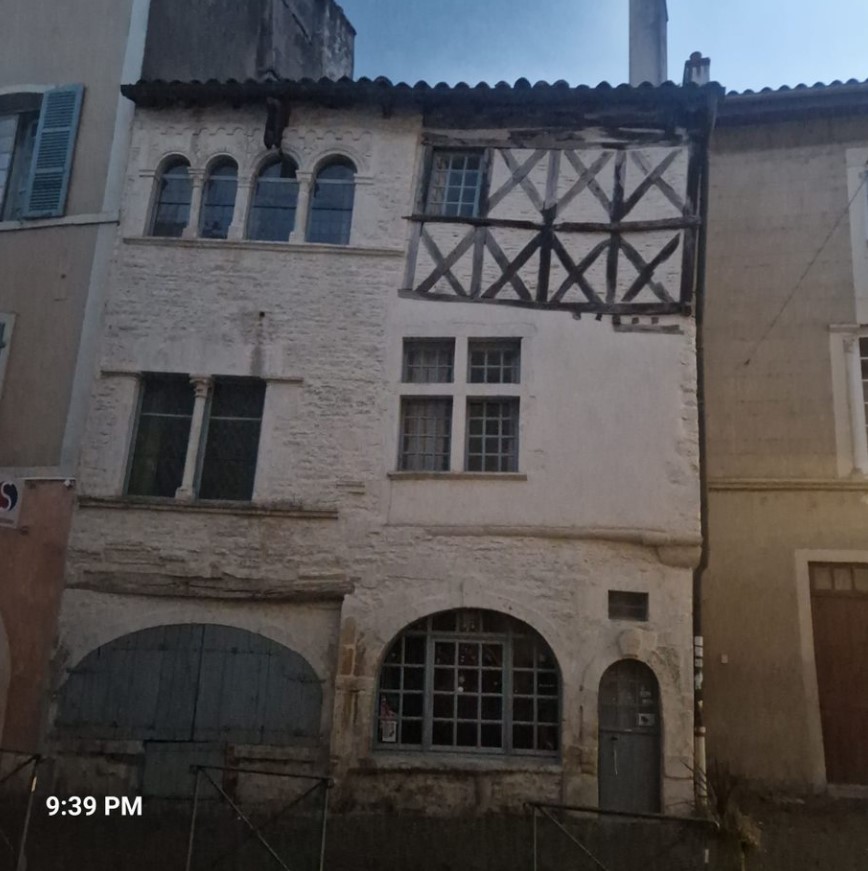
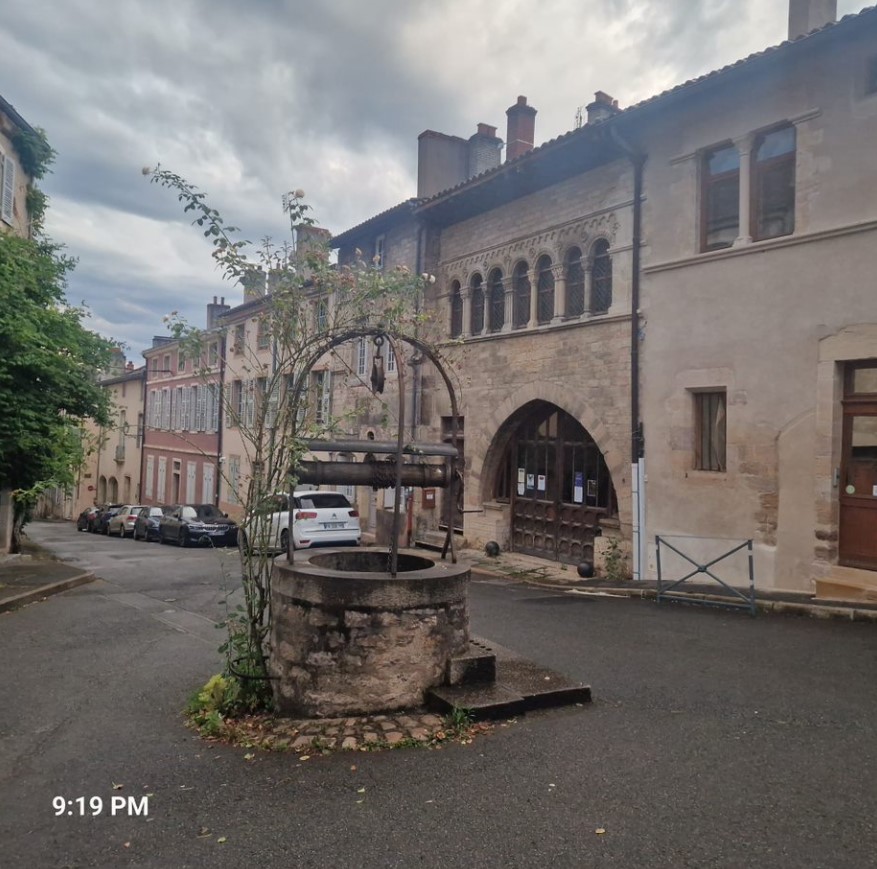
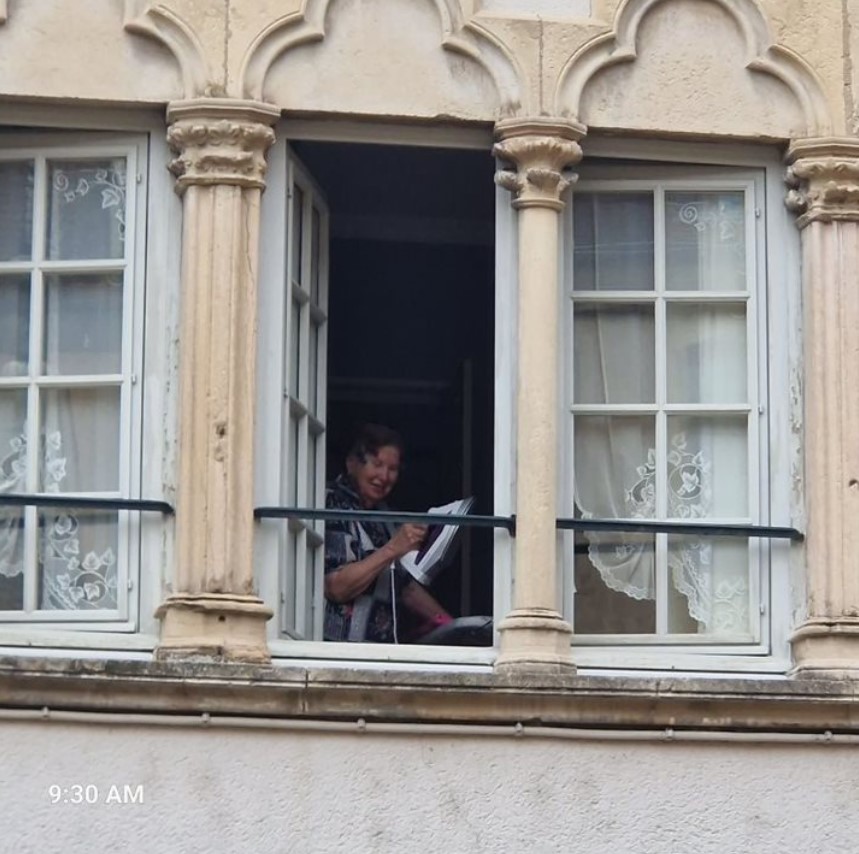
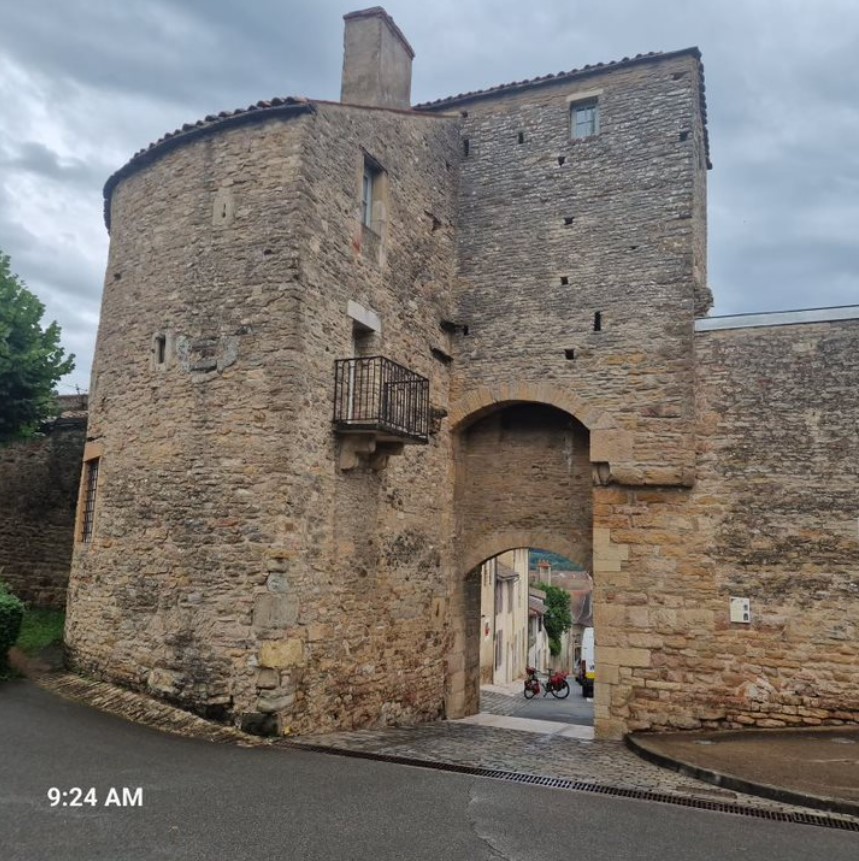
At 10 am, I decided to visit the huge abbey, it was also very impressive.
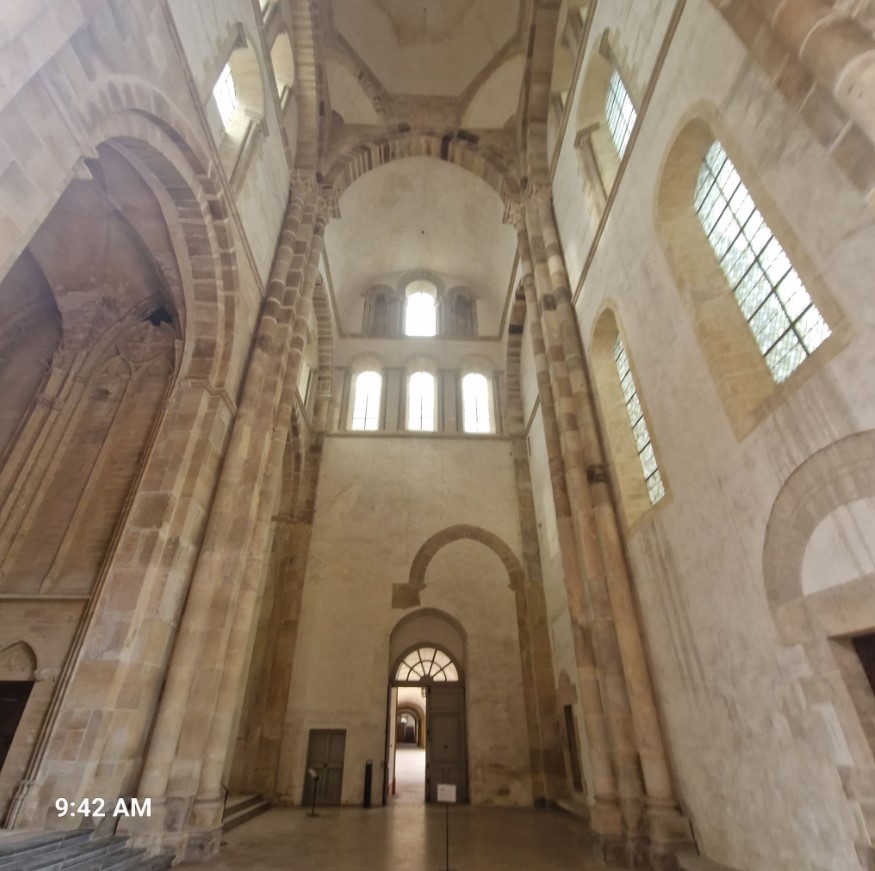
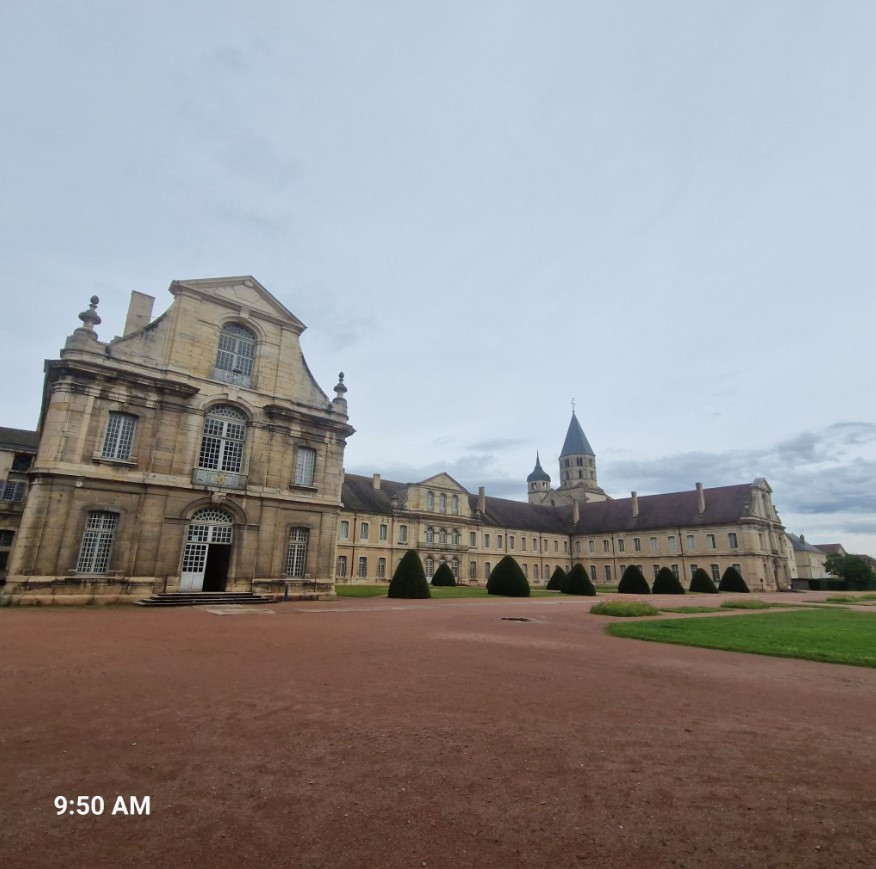
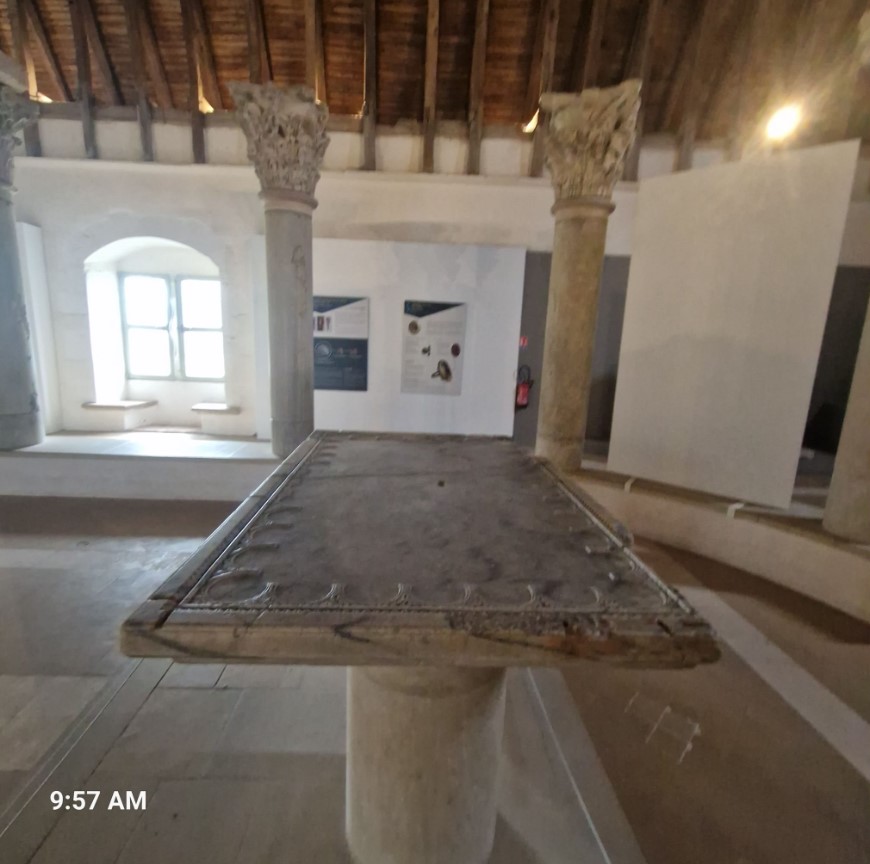
I left only around 10 am, taking a last view of Cluny. That day, I did not get very far. Soon thereafter, there was a beautiful chateau from the early 17th, called Castle Cormatin and I decided to visit it.
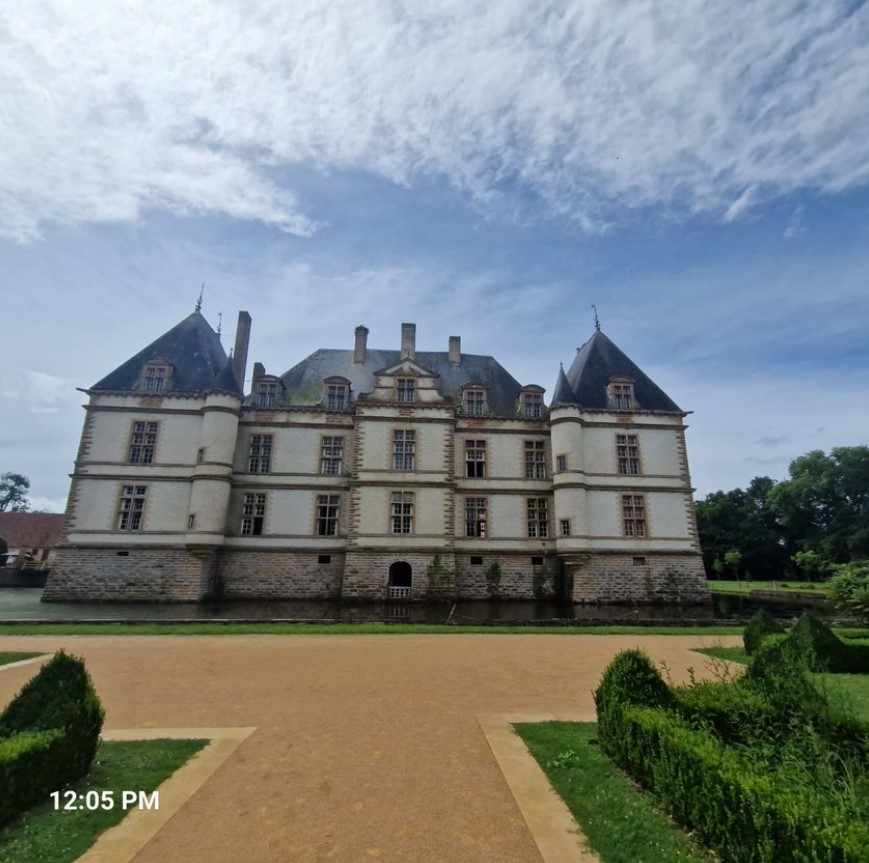
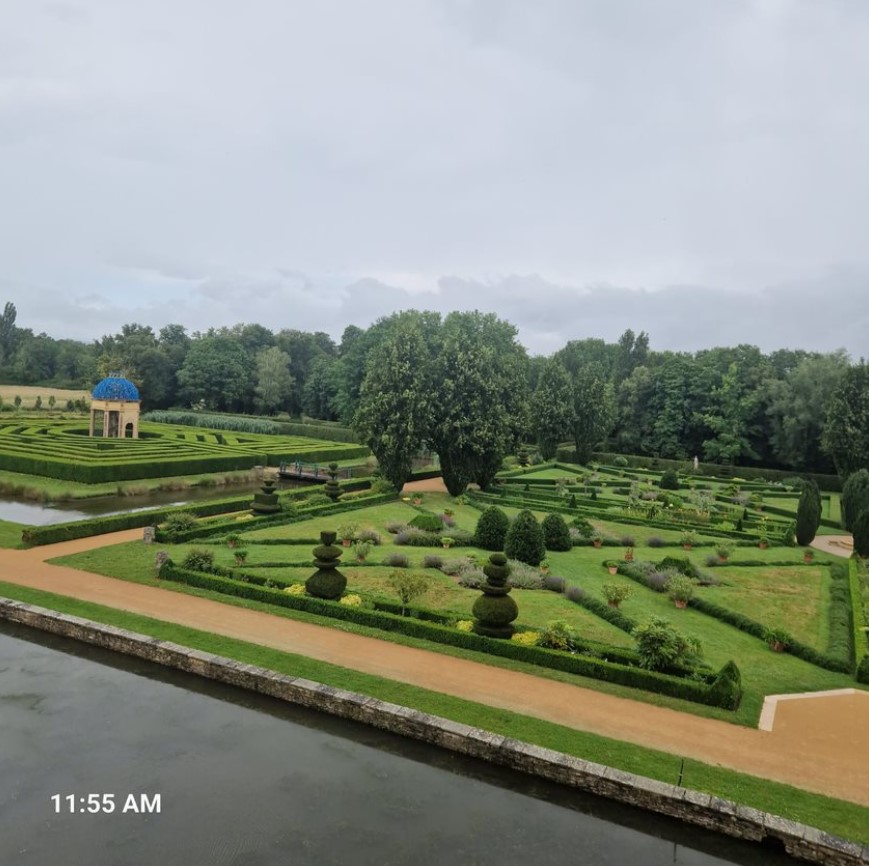
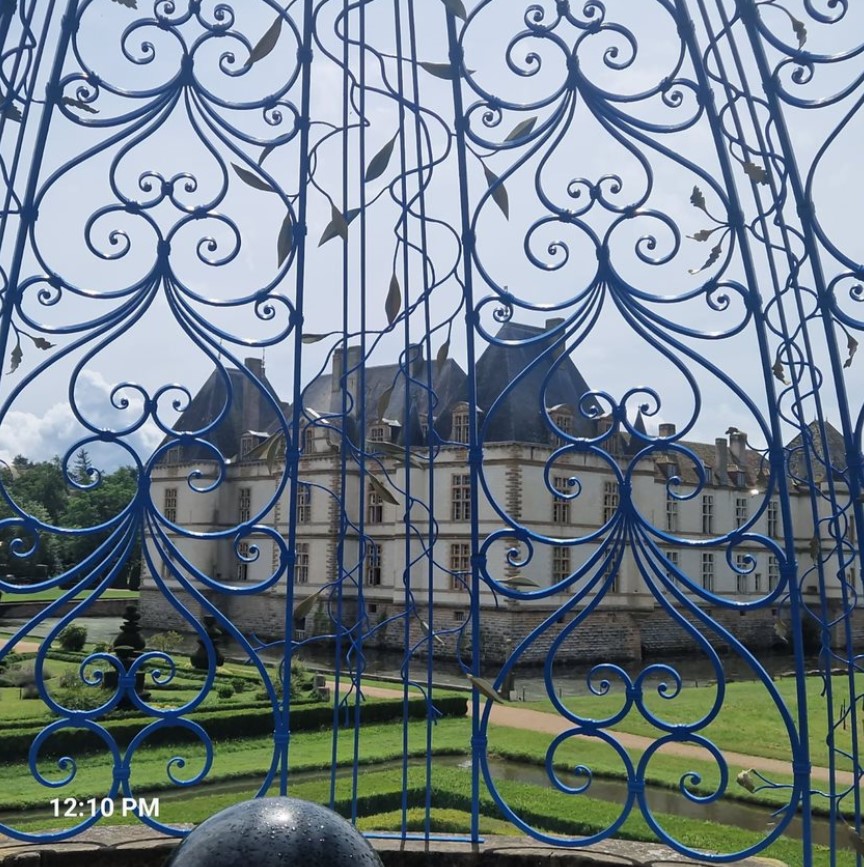
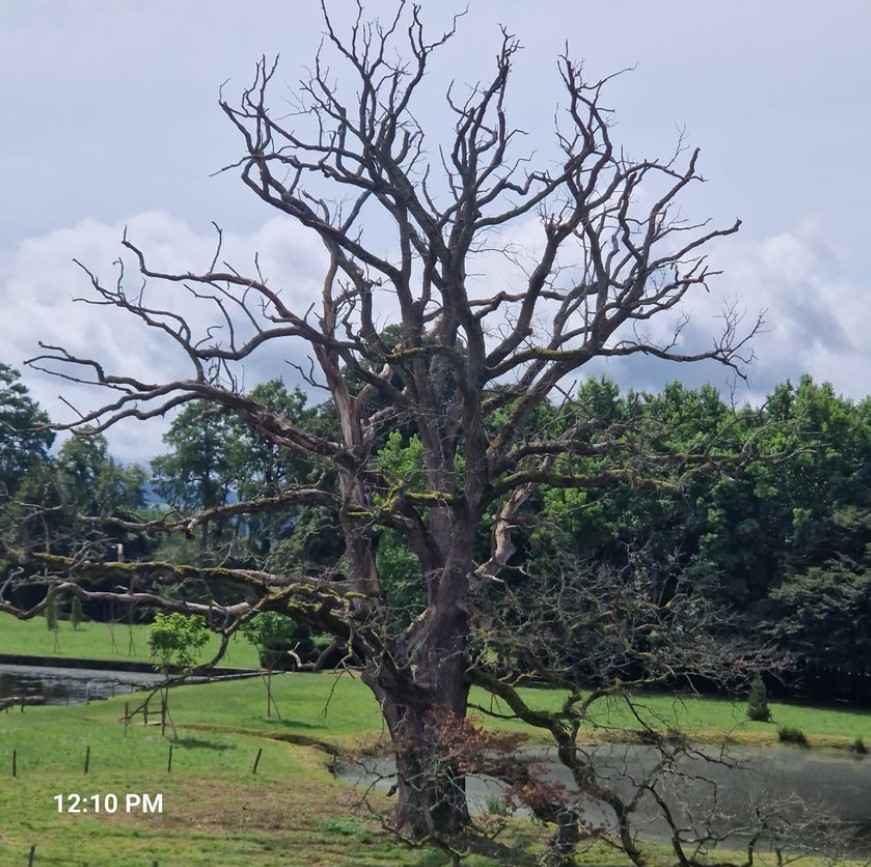
Oh, wow, it was after noon and I had covered just some 15 kilometers. I looked at my materials and realized if I continued towards the north, I would find one more abbey, then one, no, two, no, three more castles - and while I was impressed, I had the option of either riding past these or veer off the beaten path and go into less well-known places. It was the latter option I decided on.
A bit after Cormatin, I turned off the "road of chateaus" towards the northwest hoping to find a nice "uninterrupted" bike ride. This is when I realized just what kind of country France was - and this did not change till the very end. For me, France is a country full of hidden and not-so-hidden treasures, you cannot go more than 5 to 10 kilometers without stumbling upon a nice church, a medieval town, a picturesque church, an abbey, an imposant building. While I had no time pressure whatsoever, I still enjoy covering a fair amount if distance. With the immense wealth of cultural highlights, this is something tough in France to accomplish. Much later on the trip, when I was getting quite tired, I would see a brown-colored sign to some touristic destination, I would close my eye and ride past it, as by then I was loaded with impressions. At the stage of the trip I am writing about, I just accepted the fact that I will not be beating my distance records.
So, the next "interruption" was not too far, as I hit the town of Saint-Gengoux-Le-National (could they not abbreviate it as SGLN, or something similar?). Oh wow. OK, here is a bit of plagiarism from a website, but there you go. "Saint-Gengoux-le-National is a charming medieval town that flourished from 1166 onwards, when the King of France, Louis VII, signed a treaty of pariage with the abbot of Cluny. The treaty transformed the original village into a fortified town, increasing the security of the region. From then on, economic life could easily develop thanks to the installation of numerous craftsmen and merchants. Today, visitors who enter this medieval town, find themselves in another era. There are still many houses that bear witness to the 13th and subsequent centuries.You can also admire the church, whose octagonal Romanesque bell tower dates from 1120. A footbridge (called a pontet) links the bell tower to the "Tour de l'Horloge", a kind of belfry built in 1566 to ring the hour".
Ah, yes, I could do nothing but admire this town, where, it being a Sunday, a flea market engulfing the whole town was going on.
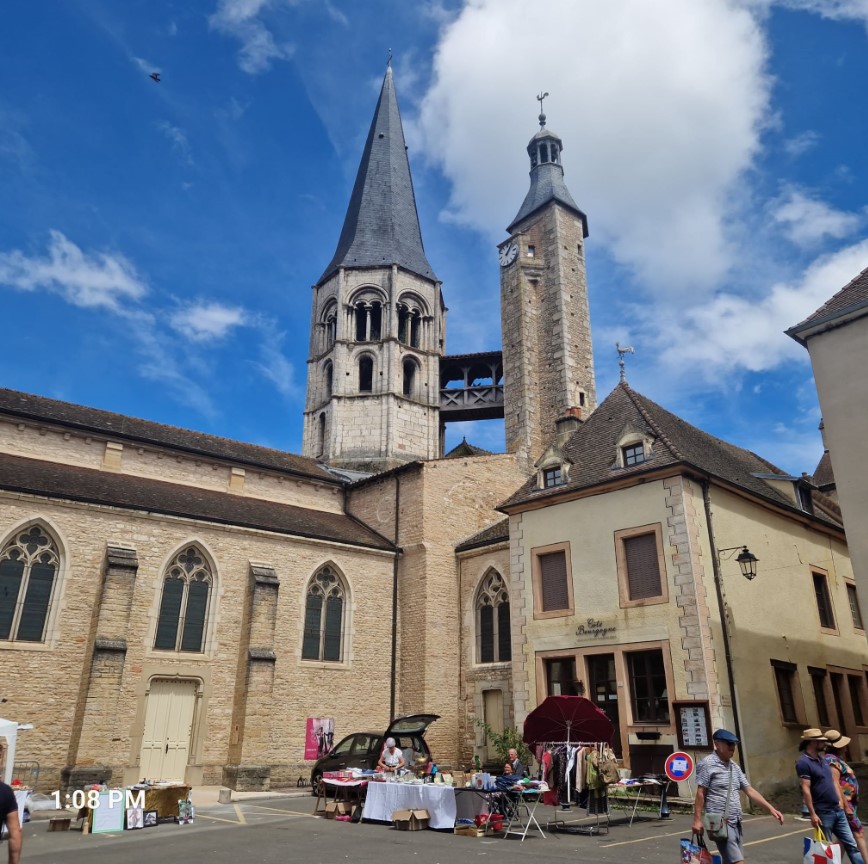
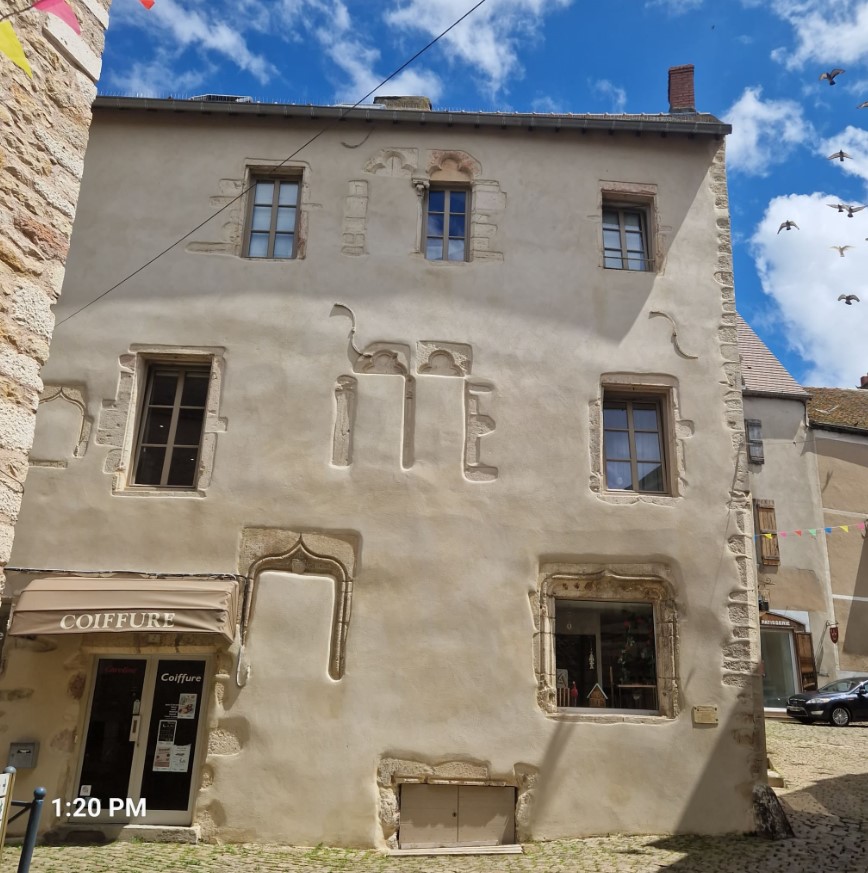
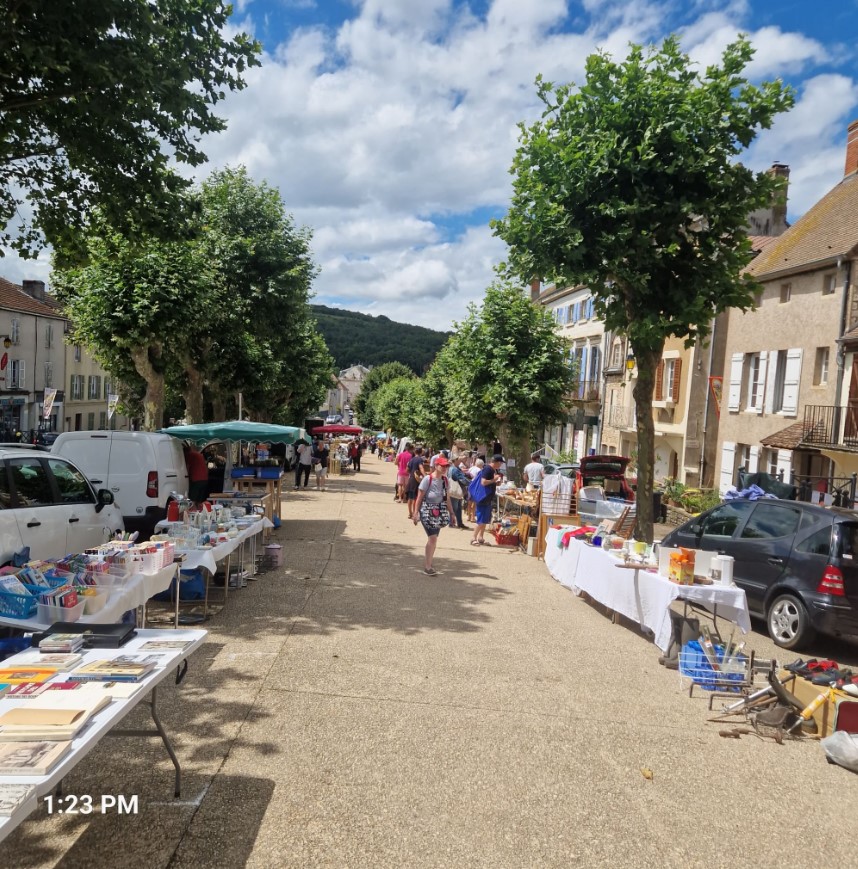
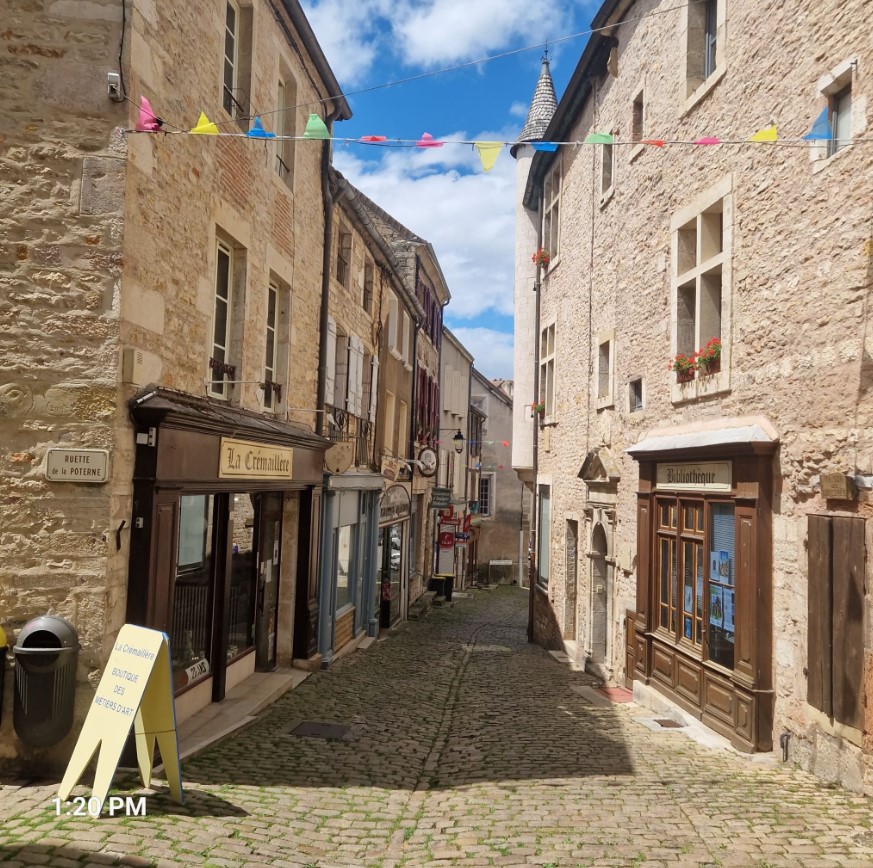
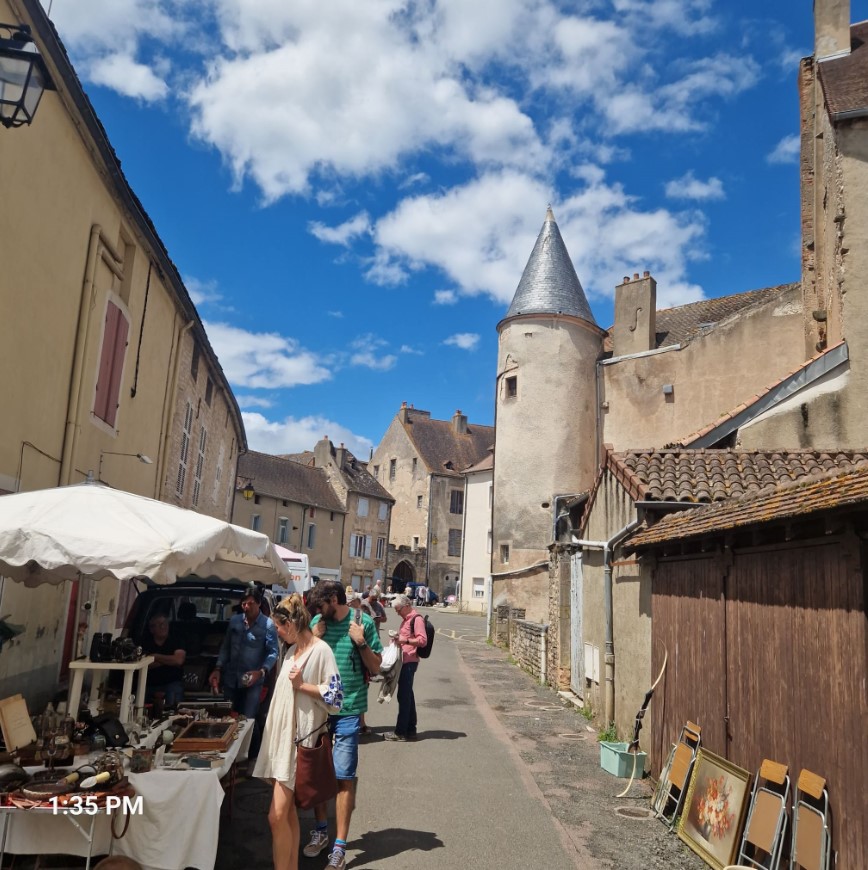
The description is very much correct, I really felt like going back a couple of hundred years - and not the first time (e.g. at Châtillon).
There was also a so-called "lavoir", which were washing houses built from the seventeenth to the early twentieth centuries. These were public places dedicated to the washing of clothes and were common in Europe until industrial washing was introduced, and this process in turn was replaced by domestic washing machines and by laundromats.
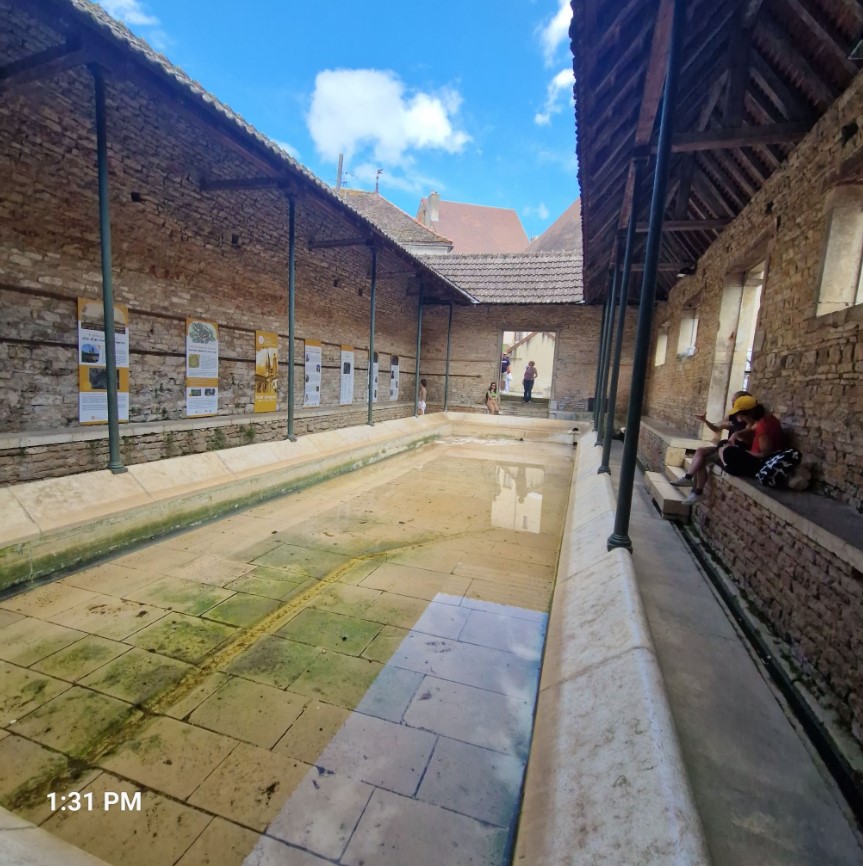
A little later, I got to Saviagnes, where there was a wonderful church from the 15th century. Mind you, Saviagnes has a population of seventy-seven - and they host such an amazing treasure.
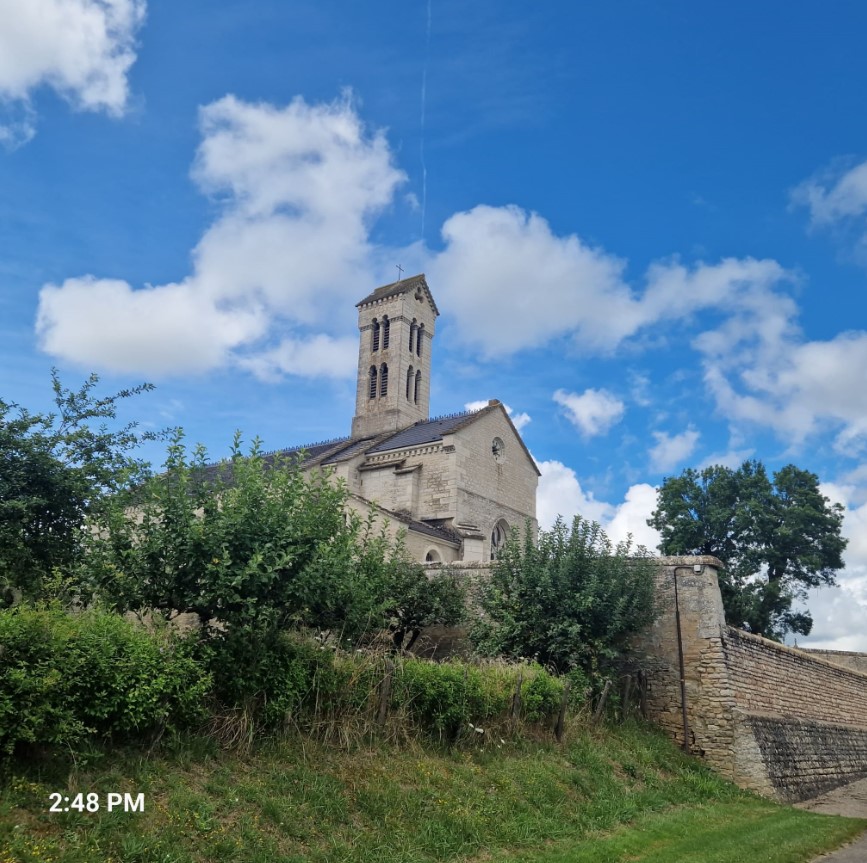
Oh, did I mention this village also has a castle? It, though, is in private hands, I did try getting in, but a lady was not interested in opening the gate for me.
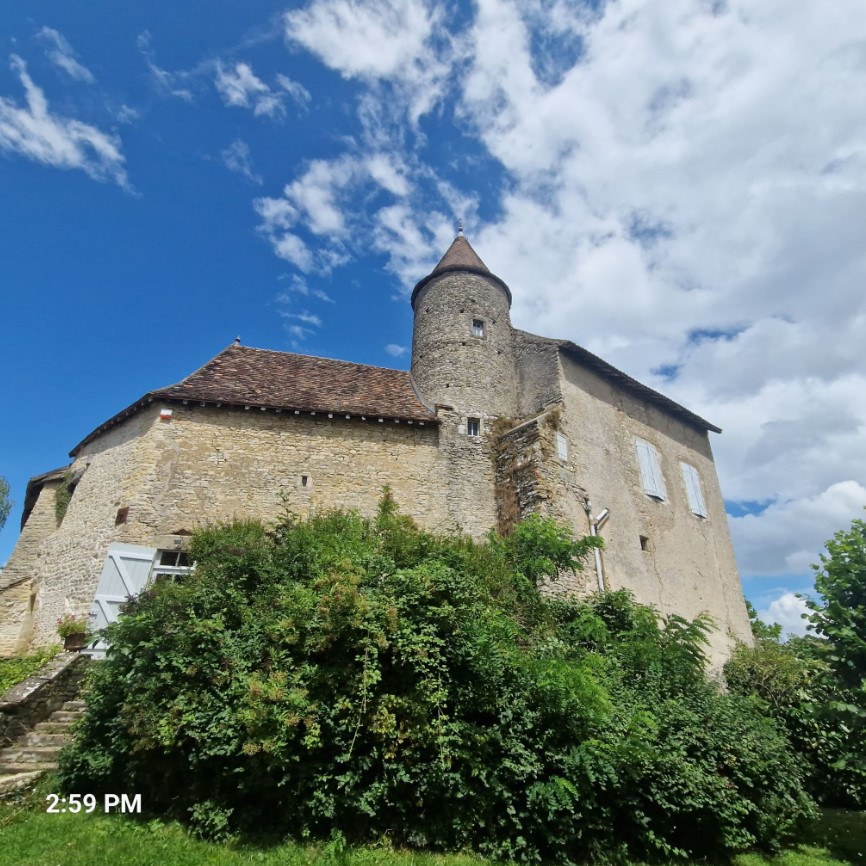
I was now in genuine rural France. There was practically no traffic and I was pleased to finally make some distance.
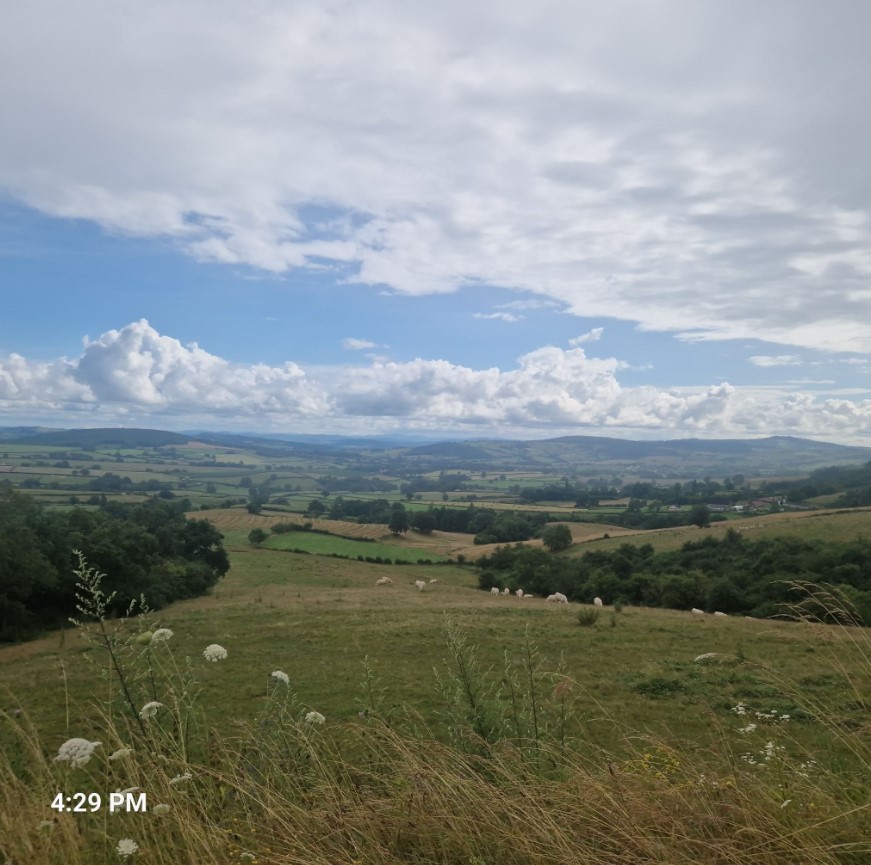
At around 7 pm, I got to a lake, on its bank was a beautiful castle called Saint-Sermin-du-Bois.
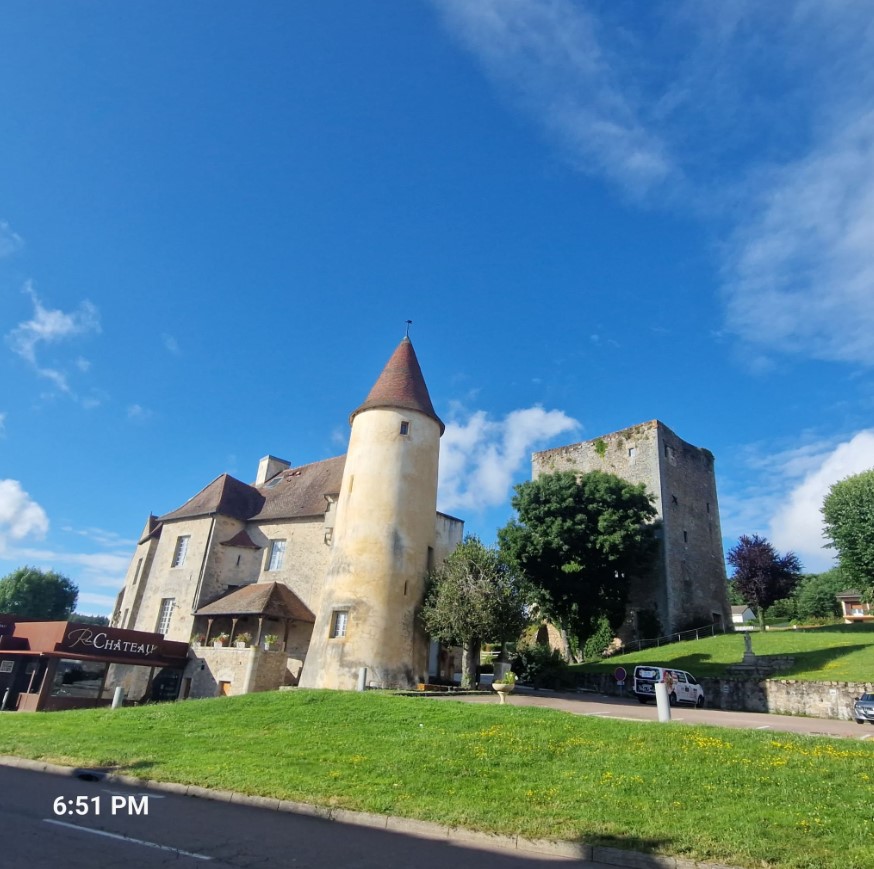
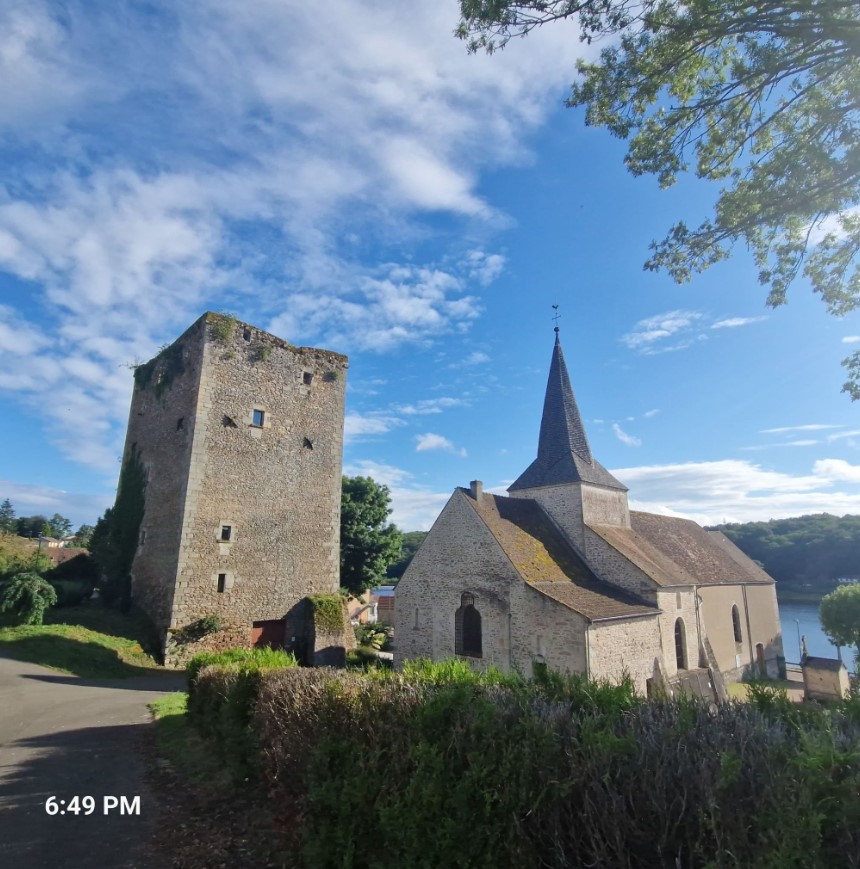
Over an hour later, I reached the final destination of the day, Autun. It was both impressive and a bit depressing at the same time. There is a major cathedral, that of Saint Lazare, Roman ruins, a theater, an imposant city hall, a military academy- still, the city felt like dying. There was hardly any life, neither that of locals, nor of tourists. I even chatted with an elderly couple, explaining how much I like the town and asked where everyone was. They sadly agreed and mentioned there is no infrastructure (no train, no major highways), hence hardly any work opportunities and all young people leave for large towns in the vicinity (Lyon, Dijon, etc.). Right next to the cathedral there were two or three restaurants half-empty, the rest was more or less empty.
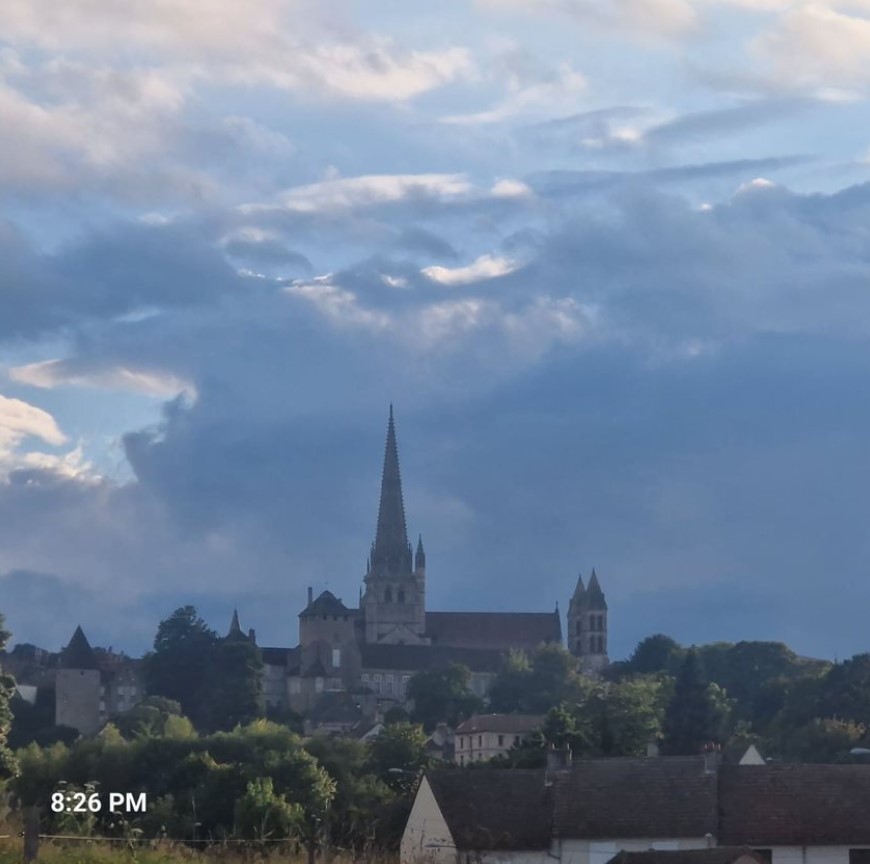
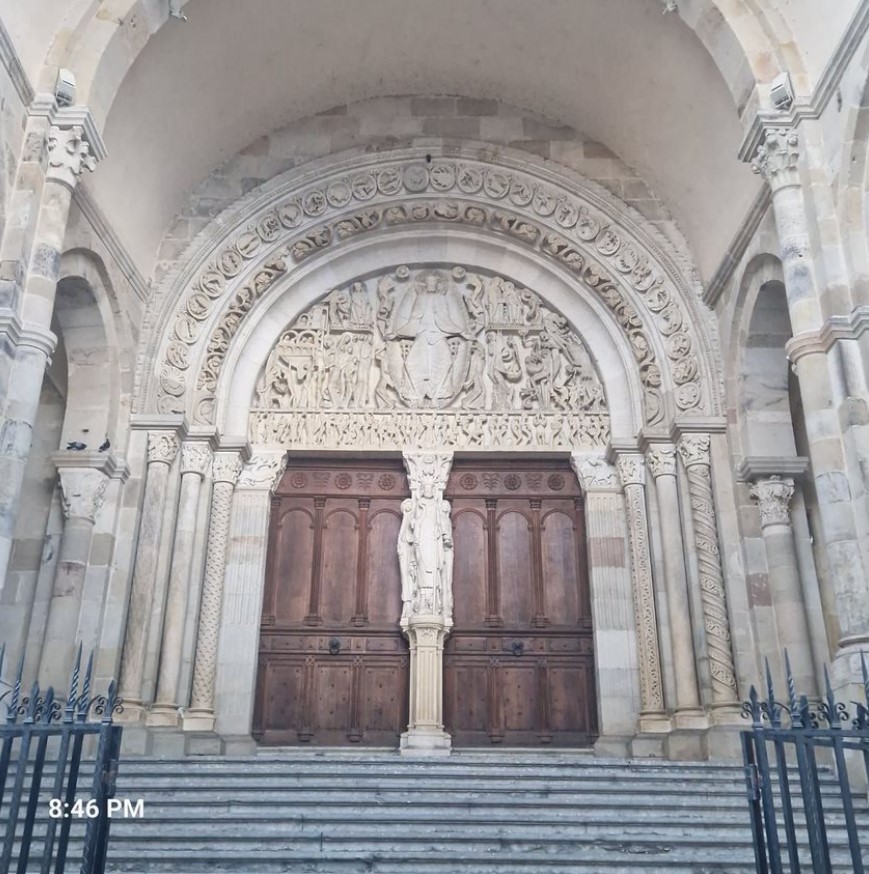
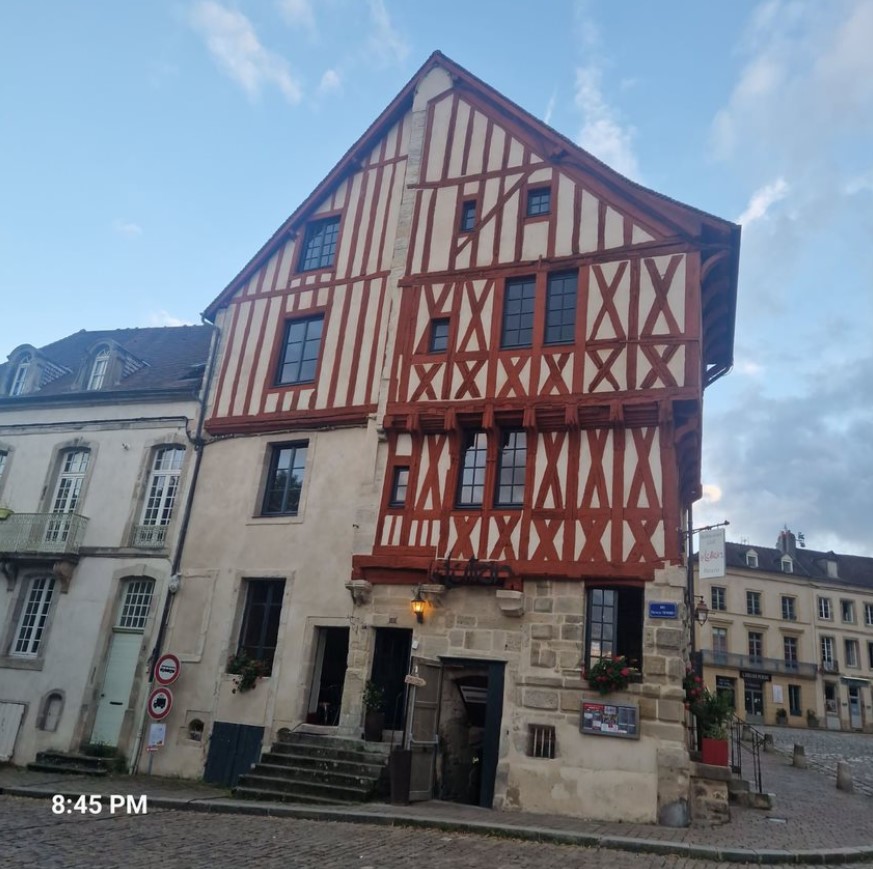
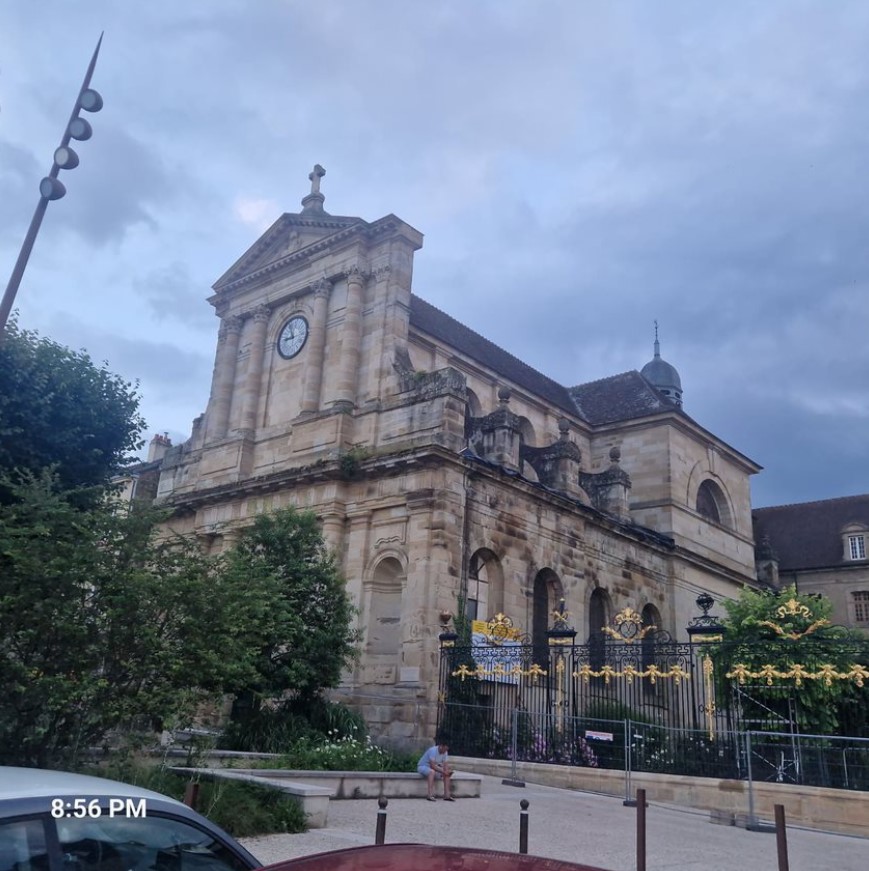
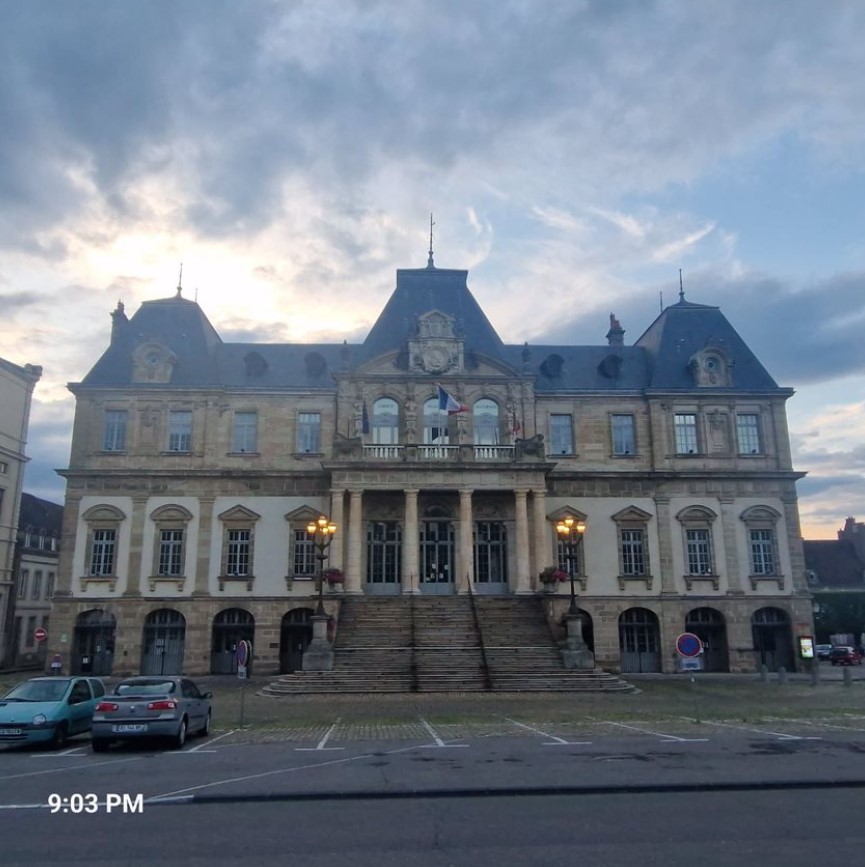
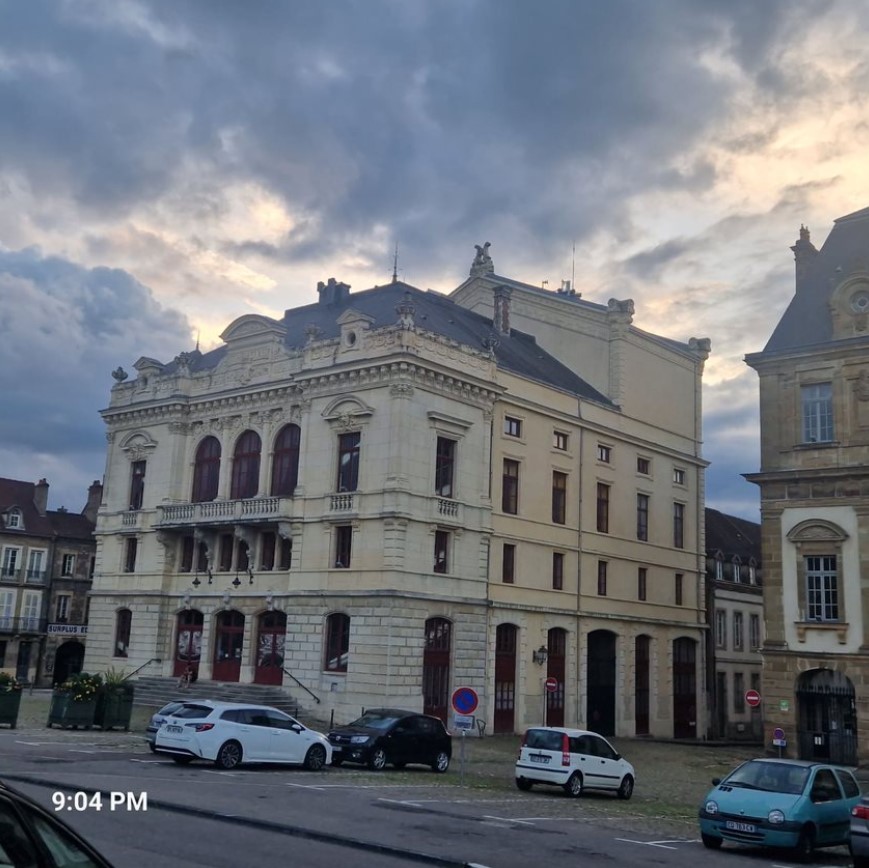
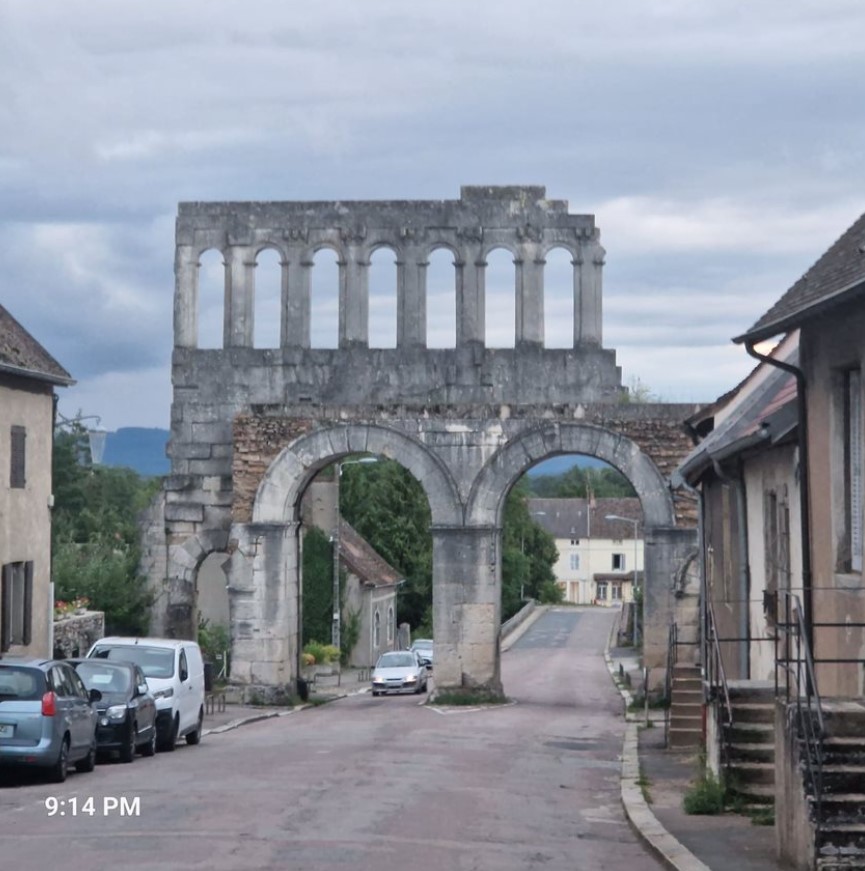
I found a campsite called Camping Autun - and somehow I was convinced that there would be no rain that night. When pitching my tent, I usually never put on the rain cover, I enjoy breathing in fresh air. As I was just finishing the set-up of the tent, I did hear something in the background, but did not pay any attention to it. Suddenly, it was too late. In a split second, a downpour started and my rain cover was nicely tucked in my bag. It was close to impossible to even try to put the cover on, given the intensity of the thunderstorm. Even the ground got soaking wet within seconds. Feeling rather stupid, I dragged my open tent under the shed of the toilet building, waiting for the rain to stop, which it did. I found a more-or-less dry spot, put on the rain cover and climbed into the rather wet tent. Well, it was just water, nothing tragic, but there was no talk of a pleasant sleep that night. Just as lucky I got in Cluny the previous night, here it was the exact opposite.
Following a very slow start spent sight-seeing, I managed to ride 86 kilometers that day, not too much, but soaked in (pun intended) nice experiences.